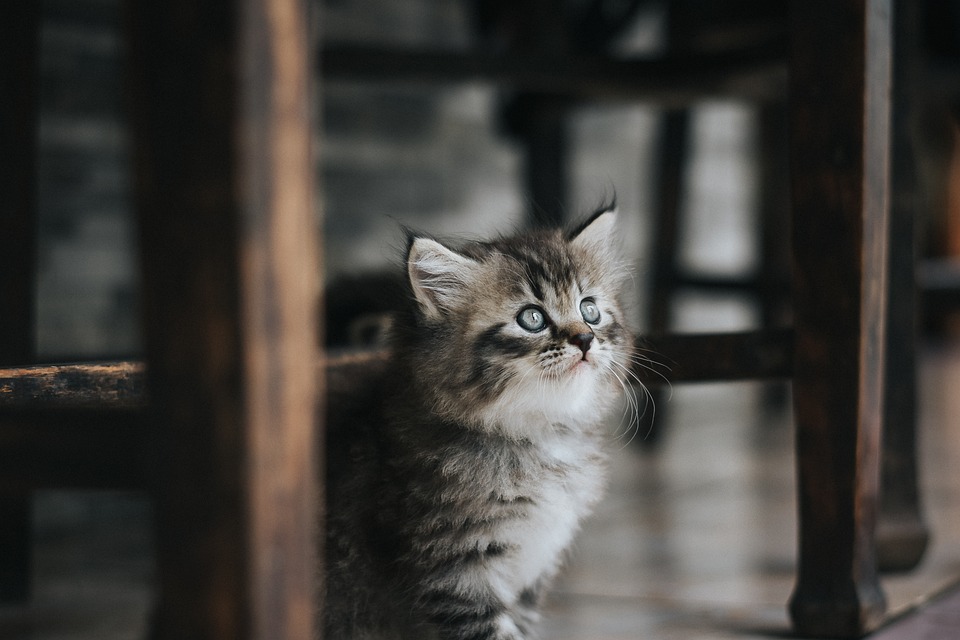Heading: Maintaining a Healthy Skin and Coat: The Essential Guide to Grooming Your Cat
Sub-heading 1: The Importance of Grooming for Your Cat’s Health
Maintaining a healthy skin and coat is crucial for your feline friend’s overall well-being. Regular grooming not only keeps your cat looking their best but also prevents various skin issues, controls shedding, and allows you to identify any potential health concerns early on.
Sub-heading 2: Understanding Your Cat’s Coat
Cats come in various coat types, including short-haired, long-haired, and even hairless breeds. Understanding your cat’s coat type is essential as it determines the grooming routine required to maintain optimal skin health.
Sub-heading 3: Tools and Techniques for Effective Cat Grooming
To groom your cat effectively, you’ll need the right tools and techniques. Here are some essential items:
1. Brushes and Combs: Different coat types require specific brushes and combs. For short-haired cats, use a soft-bristle brush or a rubber grooming mitt. Long-haired cats may need a slicker brush and a wide-toothed comb.
2. Nail Trimmers: Regular nail trims prevent painful ingrown nails and scratches. Use cat-specific nail trimmers and consult your veterinarian for guidance.
3. Shampoo and Conditioner: Use cat-friendly shampoos and conditioners designed for their delicate skin. Avoid using human products as they may cause irritation.
Sub-heading 4: Step-by-Step Guide to Grooming Your Cat
Follow these steps to groom your cat effectively and maintain a healthy skin and coat:
1. Establish a Bond: Some cats may be hesitant about grooming. Begin by establishing a positive association with grooming sessions through treats and praise.
2. Brushing: Start by gently brushing your cat’s coat to remove loose hair and prevent matting. Brush in the direction of hair growth, paying extra attention to areas prone to matting, such as behind the ears and under the armpits.
3. Bathing: While most cats are self-groomers and do not require frequent baths, some circumstances may call for it. If your cat gets dirty or has a skin condition, consult your veterinarian for bathing instructions specific to your cat’s needs.
4. Nail Trimming: Regularly trim your cat’s nails to prevent overgrowth and potential complications. Be cautious not to cut into the quick, a sensitive area that can cause bleeding. If unsure, seek guidance from a veterinarian or a professional groomer.
5. Eye and Ear Care: Keep your cat’s eyes and ears clean by gently wiping away debris using a damp cloth or specialized pet wipes. Be cautious and avoid contact with the inner parts of the ears.
Sub-heading 5: Frequently Asked Questions (FAQs)
Q1: How often should I groom my cat?
A: The frequency of grooming depends on your cat’s coat type and length. Long-haired cats may require daily brushing to prevent mats, while short-haired cats may only need brushing once or twice a week. Observe your cat’s coat and adjust the grooming routine accordingly.
Q2: Can I use human shampoo on my cat?
A: No, human shampoos are formulated for human skin pH levels, which differ from cats. Using human shampoo can cause skin irritation and dryness. Always opt for cat-specific shampoos and conditioners.
Q3: My cat hates grooming, what can I do?
A: Some cats may dislike grooming initially. Gradually introduce grooming sessions, reward your cat with treats and praise, and keep the sessions short. If your cat continues to resist, consult a professional groomer or veterinarian for assistance.
Q4: Are there any specific grooming considerations for senior cats?
A: Senior cats may require more frequent grooming as they may have difficulty grooming themselves due to reduced mobility. Additionally, they may develop more skin issues or matting. Pay extra attention to their needs and consult your veterinarian for any specific grooming recommendations.
Remember, grooming is not only about maintaining your cat’s appearance but also ensuring their skin and coat health. By investing time and effort into regular grooming, you’ll contribute significantly to your feline companion’s overall well-being.








